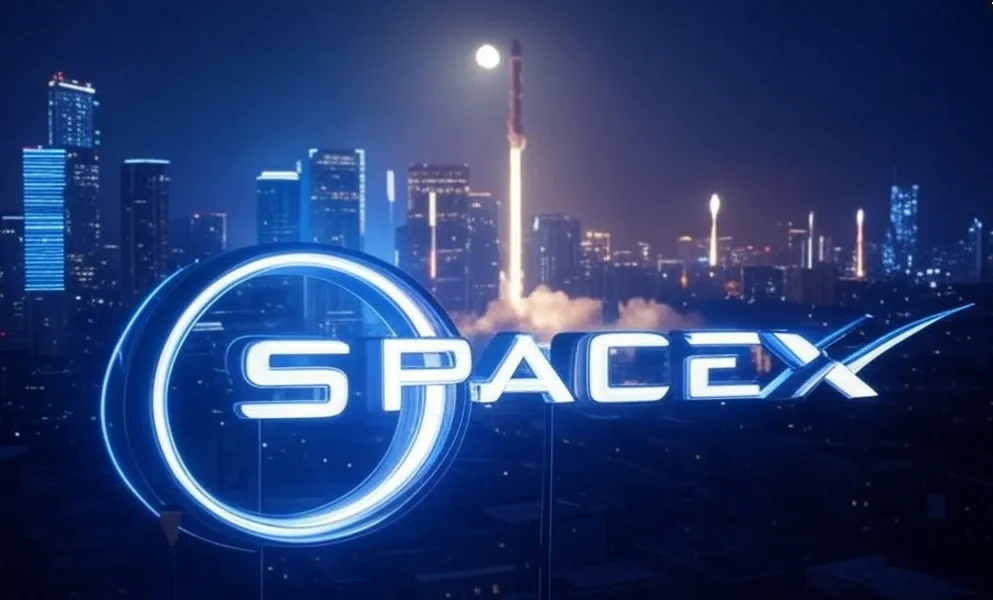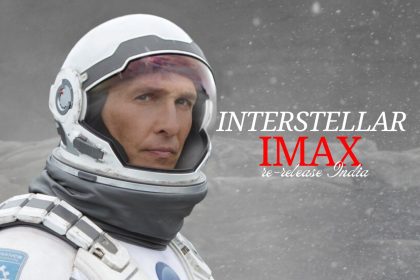SpaceX Crew-10 The SpaceX Crew-10 mission is set to take off to the International Space Station (ISS) and will be a major step towards enabling the return of two NASA astronauts, Butch Wilmore and Sunita Williams, who have been stuck in orbit since the month of June 2024. This launch, scheduled for 7:03 pm (2303 GMT) on Friday, follows an earlier attempt that was delayed due to technical issues with ground systems. While Crew-10 will conduct scientific research as part of its mission, much of the public’s focus is on its role in finally allowing Wilmore and Williams to come home.
the Stranded Astronauts
Wilmore and Williams were originally part of Boeing’s Starliner test mission, designed to evaluate the spacecraft’s performance on its maiden crewed flight. Although Starliner successfully docked with the ISS, propulsion issues were discovered, rendering the spacecraft unsafe for the astronauts’ return journey. The Starliner capsule instead returned to Earth empty, while Wilmore and Williams were left aboard the ISS.
What was intended to be a short mission has now stretched to over nine months, far exceeding the typical six-month ISS rotation. While their extended stay is shorter than NASA astronaut Frank Rubio’s 371-day record or Russian cosmonaut Valeri Polyakov’s 437-day record aboard the Mir space station, the unplanned nature of their prolonged mission has drawn significant attention. The astronauts even had to receive additional clothing and personal care items, as they hadn’t packed for such an extended stay.
Crew-10’s Role in the Return Plan
NASA’s strategy to return Wilmore and Williams has been in place since September 2024. The Crew-9 spacecraft arrived with only two crew members—rather than the usual four—to leave space for Wilmore and Williams to join the return trip. However, for Crew-9 to safely depart, Crew-10 must first arrive to ensure ISS operations continue smoothly.
Following Crew-10’s arrival, a standard handover period of a few days will take place. Only then can Crew-9—carrying Wilmore, Williams, NASA astronaut Nick Hague, and Russian cosmonaut Aleksandr Gorbunov—leave the ISS and return to Earth via a scheduled splashdown off the Florida coast. While Crew-9’s return was initially targeted for Sunday, that timeline may be adjusted depending on the handover’s progress.
Political Controversy Surrounding the Delay
The astronauts’ prolonged stay has become a political flashpoint. Former U.S. President Donald Trump and SpaceX CEO Elon Musk accused President Joe Biden of intentionally delaying Wilmore and Williams’ return. Musk did not provide evidence to support his claim, which prompted backlash from the space community.
In a White House press conference, Trump made bizarre remarks about the situation, referring to Williams as “the woman with the wild hair” and joking that the two stranded astronauts may have “fallen in love” during their extended time together.
NASA officials have firmly denied these accusations, emphasizing that the plan for Wilmore and Williams’ return has been consistent since September. Danish astronaut Andreas Mogensen publicly clarified this on the social media platform X (formerly Twitter), only for Musk to respond with an offensive remark. Some retired astronauts defended Mogensen, while Wilmore appeared to support Musk’s comments, suggesting they were likely “factual,” despite admitting he lacked details on the situation.
International Collaboration Amid Tensions
Despite geopolitical tensions, space exploration continues to showcase international cooperation. Russian cosmonauts have regularly traveled to the ISS aboard SpaceX Crew Dragon capsules, while NASA astronauts continue to use Russia’s Soyuz spacecraft for missions departing from Kazakhstan. This collaboration highlights the unique diplomatic relationship maintained in the field of space exploration.

Crew-10 Team Members
The Crew-10 team includes a diverse, international lineup:
- Anne McClain (NASA)
- Nichole Ayers (NASA)
- Takuya Onishi (Japan)
- Kirill Peskov (Russia)
Their arrival will ensure ISS operations continue while enabling Wilmore, Williams, and the rest of the Crew-9 team to finally return home safely.
Conclusion
As reported by Buzz24 Times, the successful launch of Crew-10 is an important milestone in the resolution of this long-running and politically charged issue. The unexpected nine-month stay been a test of their endurance, but it also exposed the complexity of space missions in the modern era. NASA’s emphasis on safety of mission despite controversy from the public has ensured that the safety of astronauts is top of the list.




